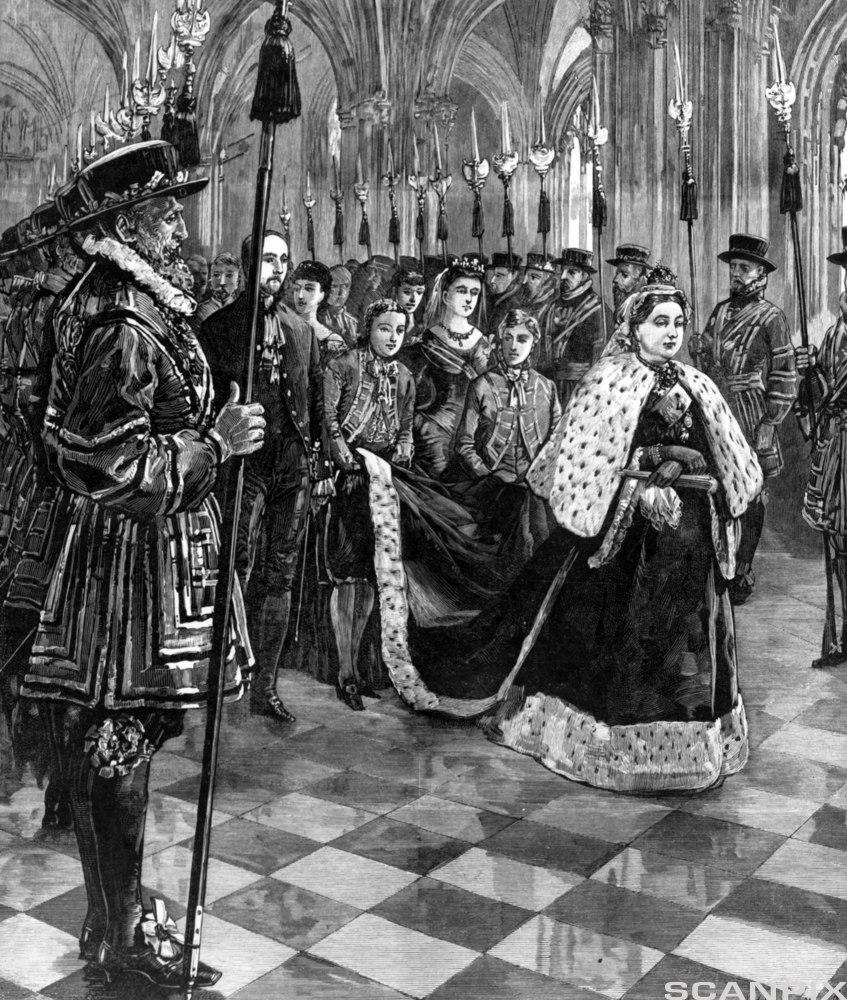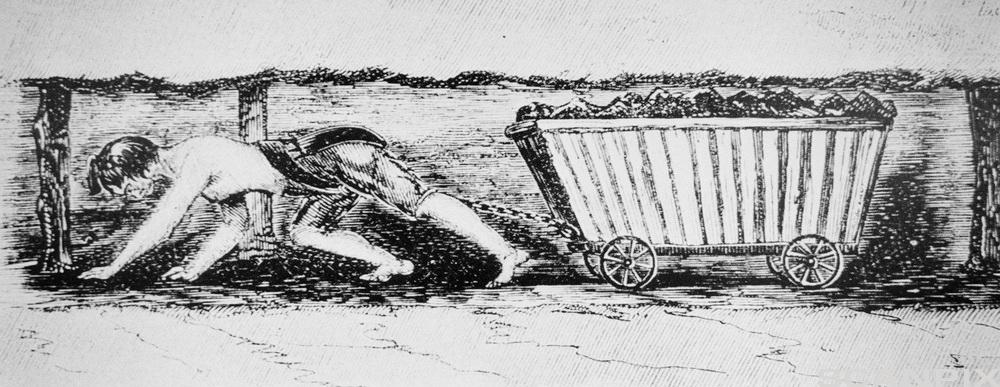The Victorian Period – An Introduction

The 19th century could appropriately be called the English century, just like the next one could be called the American century. The 19th century belonged to England in every way – the Great British Empire covered large parts of the world, Britain’s overseas trading surpassed that of Italy, France, and Germany combined, and in 1870, it was nearly four times the size of the American overseas markets. There was - mostly - peace throughout the Empire, which was referred to as Pax Britannica. England 'ruled the waves', and at home, industry was flourishing. The thriving and industrious Victorians represented the cutting edge of enterprising and innovative industry – railway, postal service, steam ships, spinning machines; it all happened in 19th century England, 'the workshop of the world'.
The period bears the name of Queen Victoria. Queen Victoria was the British sovereign from 1837 until her death in 1901, and she was the longest reigning monarch in British history. Her role as a sovereign and figurehead of the era cannot be overestimated. She was the symbol of Britain’s supremacy internationally, and a unifying role model at home. She was proclaimed Empress of India, and indeed, from a modern perspective, she and her henchmen were pure imperialists who put nearly three quarters of the world under British rule "at Heaven’s command", as they boldly put it. There are more places in the world named after her than any other person. This little lady dressed in black (after her consort Prince Albert died) became the icon of the greatest nation in the world.
A consequence of the industrialisation of England was a migration to the fast-growing cities, particularly in the Midlands and the North; cities that were not prepared for taking on the rapidly growing population. Poor and overcrowded accommodation with no sanitary facilities, unregulated and often dangerous working conditions in factories and mills – these were the circumstances for the growing English working class in mid-1800s.

At the same time, another group emerged in increasing numbers, the middle class: factory owners, proprietors, and businessmen. They were hardworking, thrifty, and frugal family men, living in moderate luxury according to the standards of the age. And they increasingly challenged the leadership of the aristocracy / upper class in setting the political and economic agenda. The Victorian period definitely defined and cemented the class system that has characterised English society since then. At the bottom of the system, were the unemployed and destitute people in the city slums, who either ended up in the workhouses or on the street trying to make a living as thieves, pick-pockets, and prostitutes.
An interesting feature of the literature of the Victorian age is that much of it appeared in monthly publications, which provided the writers with a unique contact with their readers. The writing project became a sort of collaboration where the author could alter his plot according to the reader’s wishes, and perhaps produce a happy ending by public demand. A common theme for many Victorian writers was the relationship between workers and their employers, and this finger-pointing approach was intended to give the bourgeoisie bad conscience for how the poor workers were treated by mean factory owners. Reforms were slow; the act that would limit working hours to ten hours per day for women and children was introduced in 1833 after heavy resistance.
The domestic scene was loaded with material for dramatic (and melodramatic) stories about the fate of unhappy and exploited workers. Many of these novels would have child protagonists, since child labour was quite common in the mills and coal mines. But the overseas situation also became a source of inspiration for writers, for example the many consequences of English colonisation. Another dramatic setting was the misrule of Ireland, where thousands of people suffered badly during the potato famine in the late 1840s.
Some writers were occupied with the relationship between the materialistic attitudes that dominated English society, and man’s religious and moral obligations. One of the virtues of the Victorians was to lead a morally straight and impeccable life, but at the same time crime and vices like prostitution flourished in the growing underworld of the cities. Some prominent Victorians were even revealed to have an irreproachable public position on the surface while at the same time being involved in shady business and crime.

A more or less timeless theme for writers has been the problematic relationship between religion and science. During the mid-1800s, this issue was raised in more fundamental ways than before. Geotlogical findings and new research led to the acknowledgement that the planet was very old, and incited doubt about the biblical account of Genesis. The Church was also criticised for being a part of the oppressive system that kept the workers down. Karl Marx launched his political theories about the class system in 1867. But there was another study that really would shake the basis of the Church's view of the world: Charles Darwin’s The Origin of Species, which was published in 1859. In many respects, these were stormy times for the Christian Church, not only in England but all over the European continent. The conflict between creationism and the theory of evolution is a hot issue many places even today. It is an understatement to say that fiction in the Victorian period had an abundance of material and inspiration from the actual world.
Some of the most famous authors of the Victorian period are Charles Dickens, Lewis Carroll, Arthur Conan Doyle, and George Eliot. Their works are still widely read and loved today.